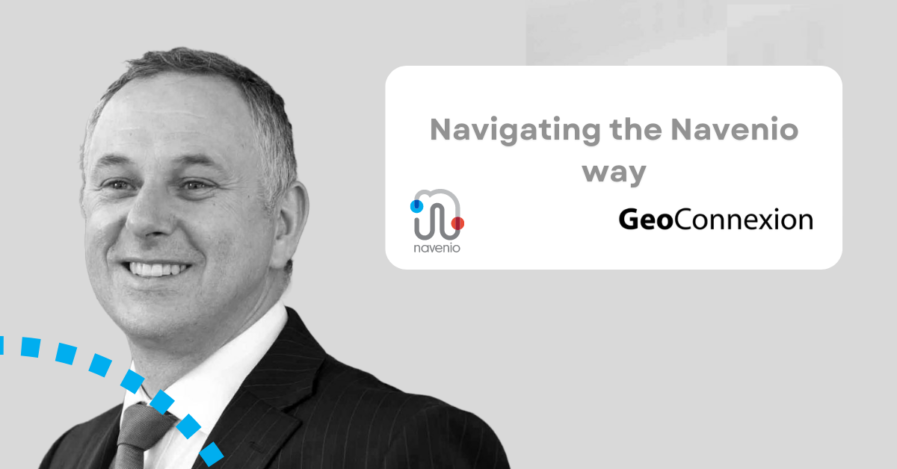GeoConnexion Interview: Navigating the Navenio way

Navenio’s CRO, Andrew Loveless, recently sat down with GeoConnexion Magazine to discuss Navenio and the role of indoor mapping in a range of use cases.
Here are a few of the highlights:
GEO: The idea of an indoor location platform that works independently of BLE, wireless networks, GPS signals or other dedicated RTLS infrastructure has been around for years. How has Navenio managed to translate the idea into practice since its founding in 2015?
Andrew Loveless (AL): The work was pioneered by a team led by our Founder and CTO, Professor Niki Trigoni, at the University of Oxford’s Department of Computer Science. Their research into the localisation problem in GPS-denied environments hinged on developing advanced sensor fusion algorithms and applying deep learning methods to track the three-dimensional movement of people and assets, including relative distance and direction of travel.
The team, now numbering some 80 individuals, has evolved its research into a flexibly-priced SaaS solution, accurate to within a few metres, that relies solely on motion tracking and the inputs from sensors (visual, inertial, radio and magnetic) that are embedded in today’s smartphones.
GEO: How is Navenio tailoring its platform to meet the day-to-day needs of organisations?
Andrew Loveless (AL): With the Navenio SDK, developers can adapt the software and business rules to suit a variety of applications. One of the most logical ways is to integrate Navenio’s location-finding ability with real-time tasking and scheduling.
We have employed this approach in our Intelligent Workforce Solution (IWS) which works on the basis of getting the right person or asset to the right place at the right time. For an organisation such as the NHS, it removes a lot of the blockages and wastage and raises the level of patient care and patient throughput – a major consideration at a time when resources are finite and services stretched.
GEO: Clearly, IWS confers significant operational benefits. Can you elaborate on this?
Andrew Loveless (AL): Based on user feedback, we find IWS is delivering a 100% improvement in workforce productivity and, in many instances, eliminating the need for a manual Help Desk. It has helped increase capacity by 30% and response times by 40%. Furthermore, by analysing and modelling how tasks are assigned and closed-off, Navenio brings powerful Business Intelligence to bear in optimising these improvements.
The business impact is easy to assess in NHS departments such as radiology and, where having the right staff on hand as and when needed, optimises the use of expensive equipment. This ensures that more people can be treated and/or discharged and, as such, makes it possible to calculate the RoI.
GEO: What management tools are provided to monitor and assess how the platform is delivering on its promise?
Andrew Loveless (AL): An easy-to-use web-based Tasking Portal can be set up to automate the prioritisation and assignment of tasks to staff members via the Navenio smartphone app. And dashboards for analytics allow managers to gain deep insight into what has happened, where workflow can be improved, and how risks can be reduced.
GEO: Looking ahead, what can we see in the Navenio pipeline?
Andrew Loveless (AL): The next step in terms of product development is to further modularise our mapping engine, tasking engine, SDK and so on, in a way that helps customers automate Navenio to suit their particular workforces and assets. On a technical level, we will be improving the signal discrimination of our platform so it filters out unwanted signals. And, of course, we will continue to prioritise top-tier support for customers and third-party developers.
Read the full interview here: https://bit.ly/3EPcZ2b
To keep up to date with news and views from Navenio, follow us on Twitter or LinkedIn.

